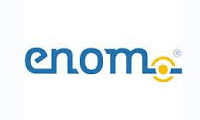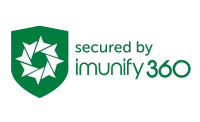
What Is a Web Domain and How Its Structure Works
1. Introduction
A web domain serves as the unique “address” for your website in the vast internet space. Without it, visitors would have no memorable or human-friendly way to reach your pages—just a string of numbers (IP address) that is hard to recall.
2. Defining a Web Domain
“A web domain is a virtual address allowing users to locate and access a website via the internet.”
Essentially, it maps a numeric IP to readable text, so typing www.example.com fetches content from the correct server.
3. Anatomy of a Domain
Every domain comprises two main parts:
- Second-Level Domain (SLD): e.g.,
example– your chosen identifier, unique under its TLD. - Top-Level Domain (TLD): e.g.,
.com,.ro– indicates geographic origin (ccTLD) or category/organization type (gTLD).
4. Types of TLDs and Their Meaning
- ccTLD (Country Code TLD): tied to countries, like
.uk(United Kingdom),.jp(Japan). - gTLD (Generic TLD): generic domains, e.g.,
.com(commercial),.org(organization),.net(network). - New gTLDs: specialized extensions such as
.blog,.app,.shop—ideal for niche branding.
Choose a TLD based on your audience: a local Romanian business may prefer .ro, while a global service often opts for .com or a thematic new gTLD.
5. The Role of DNS
The Domain Name System (DNS) translates your domain name into the server IP. When you enter www.example.com, your browser queries DNS servers, which return the correct address within milliseconds.
- Nameservers hold these DNS records.
- TTL (Time To Live) specifies how long a DNS record remains cached before refreshing.
6. Domains and Email Addresses
With your domain registered, you can set up professional email addresses like:
you@yourdomain.tldThis enhances credibility in all communications with clients and partners.
7. How to Choose the Right Domain
- Keep it short and memorable: avoid hyphens or obscure spellings.
- Brand-relevant: choose a name that reflects your business or project.
- Check availability: use domain registrars (e.g., Mioritichost) to verify.
- Trademark considerations: secure variants or related TLDs to protect your brand.
8. Conclusion
A web domain is the cornerstone of your online identity. By understanding its structure—SLD, TLD, DNS mechanics, and email integration—you’ll make informed choices that ensure your site is easy to find, professional, and secure.
Category: Domains









